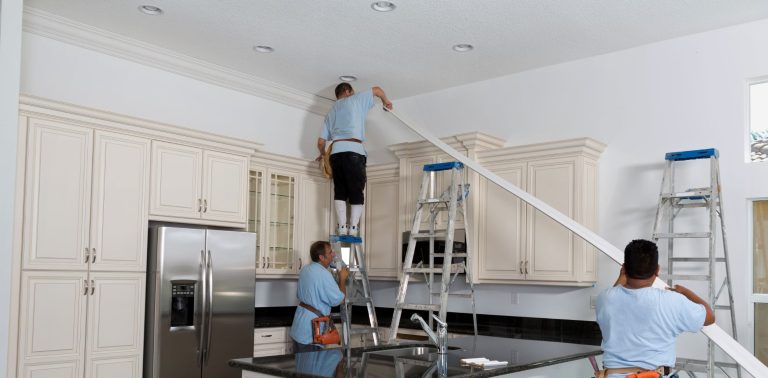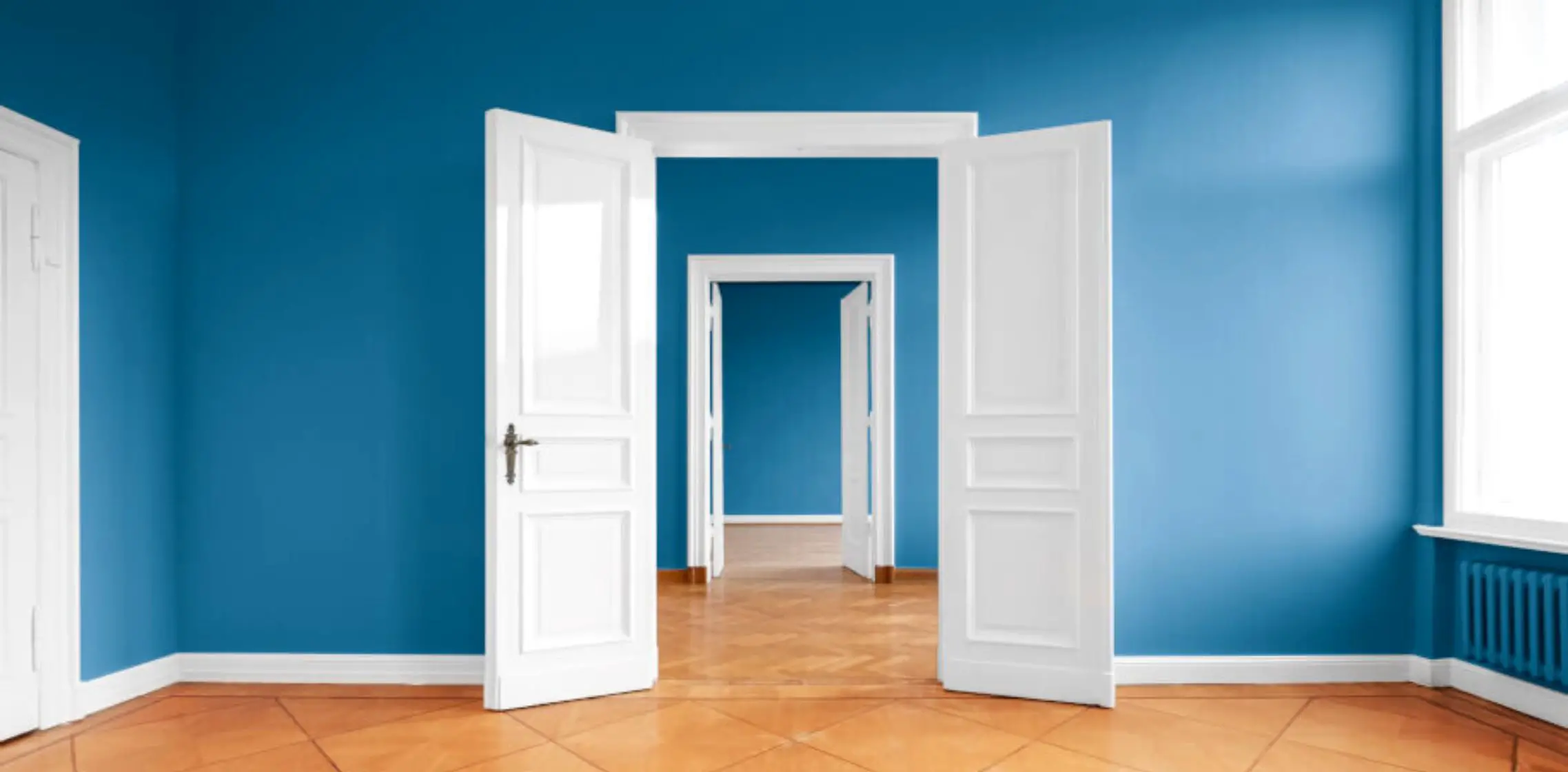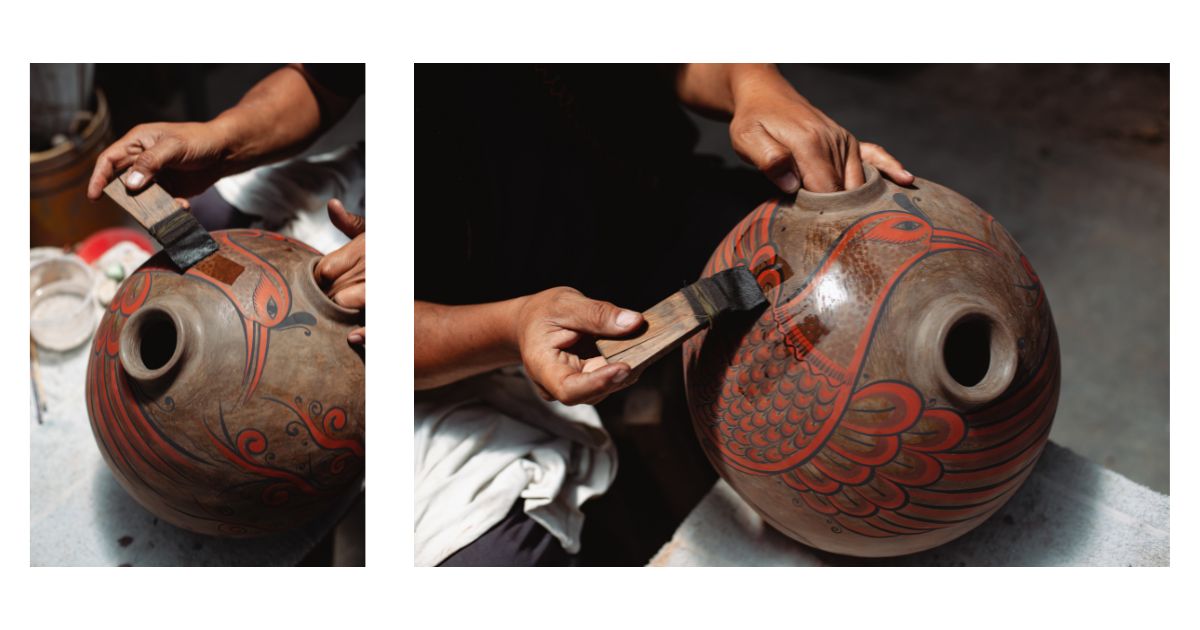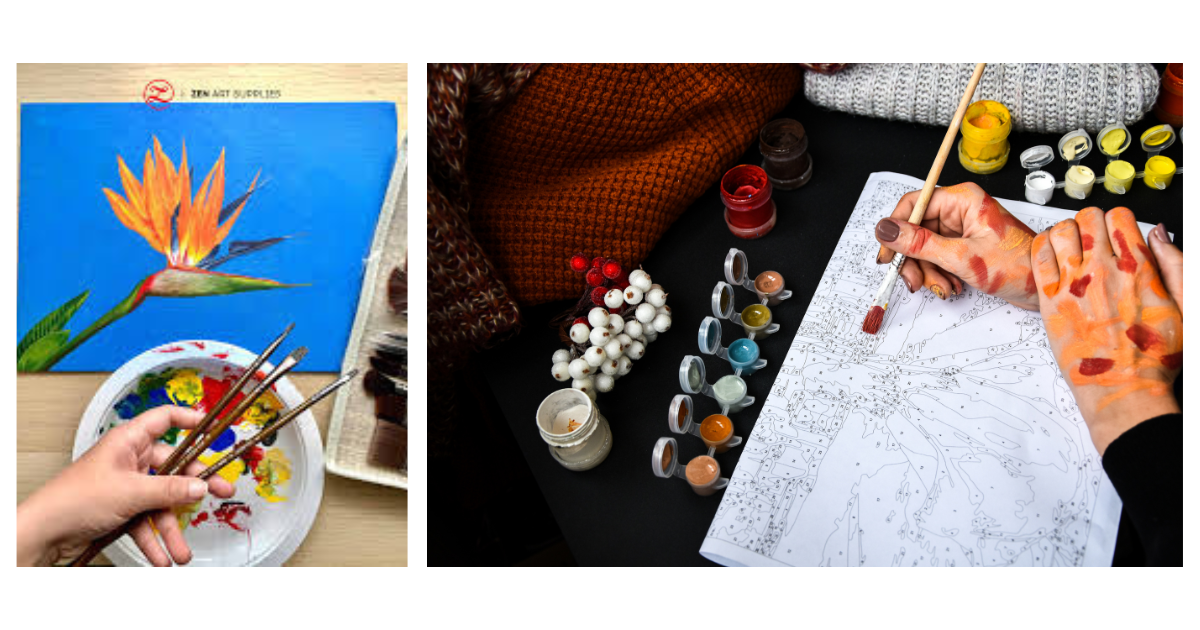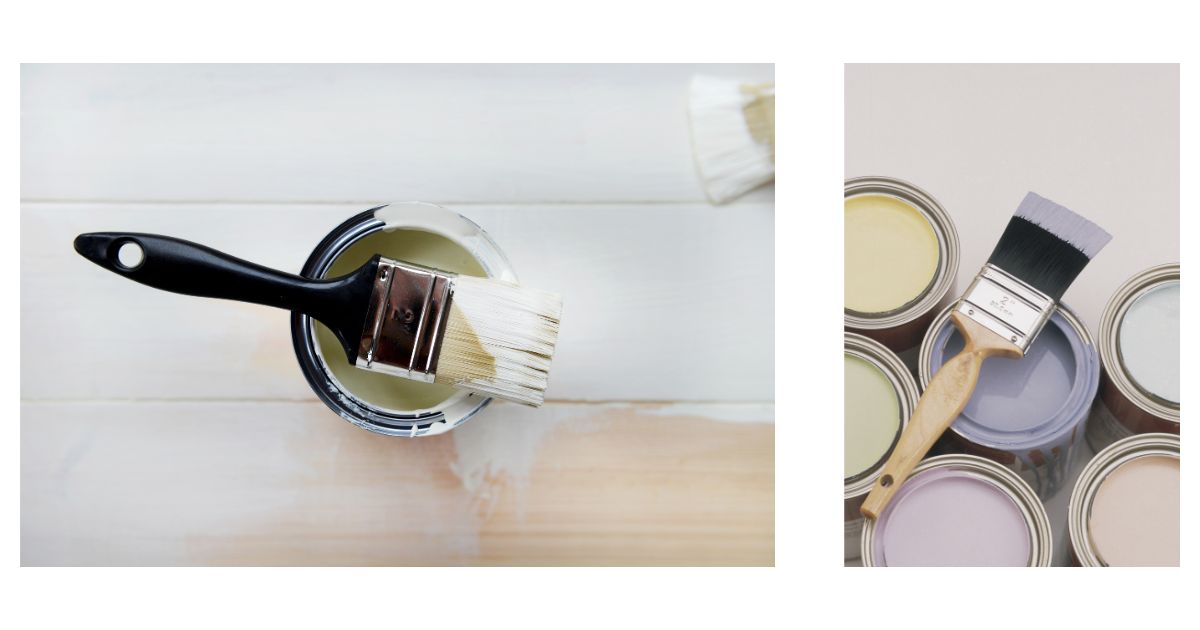There are two schools of thought when it comes to painting crown molding: those who prefer flat paint and those who prefer semi-gloss. There are pros and cons to both choices, and ultimately the decision comes down to personal preference.
Here, we’ll explore the differences between flat and semi-gloss paint so you can make an informed decision about which is right for your home.
If you’re considering adding crown molding to your home, you may be wondering what type of paint to use. Crown molding is typically painted in either a flat or semi-gloss finish. So, which is better? Flat paint is often used on walls and ceilings, as it has a matte finish that helps to hide imperfections.
Semi-gloss paint, on the other hand, has a shiny finish that reflects light. This can make small rooms appear larger and can also be helpful in highlighting architectural details. So, which is the best finish for crown molding?
It really depends on your personal preference and the overall style of your home. If you want your crown molding to blend in with your walls, a flat finish is probably your best bet. If you want your crown molding to stand out and make a statement, go with a semi-gloss finish.
Best paint finish for crown molding
Crown molding is one of the most important design elements in a room. It can add architectural interest, drama, and even a touch of luxury. But with so many different styles and materials to choose from, how do you know which is the best paint finish for crown molding in your home?
There are a few things to consider when choosing the best paint finish for crown molding. The first is the overall style of the room. If you have a formal living room or dining room, for example, you’ll want to choose a paint finish that is appropriate for that space. A semi-gloss or high-gloss finish will be more formal and luxurious, while a matte finish will be more casual.
The second thing to consider is the material of the crown molding. If it’s made of wood, you’ll want to choose a paint finish that will protect the wood and bring out its natural beauty. A stain-resistant, high-gloss paint is a good option. If the crown molding is made of plaster or another material, you can choose any paint finish you like.
Finally, consider your personal preference. Some people prefer the look of a high-gloss finish, while others prefer a more muted finish. It’s really up to you. No matter what finish you choose, make sure to test it out on a small section of the crown molding before you commit to painting the whole thing.
Best paint brush for crown molding
Crown molding is one of the most popular details to add to a room. It can help to create a more polished and finished look. But, in order to get a good result, you need to use the right paintbrush.
A Purdy crown molding brush is a good option. It has a comfortable grip and is made with soft synthetic bristles. This brush is designed to give you a smooth, even finish.
Another good option is the Wooster Shortcut paintbrush. This brush is also made with soft synthetic bristles and has a comfortable grip. It is a good choice for smaller moldings. either of these brushes, you will be able to get a professional-looking finish on your crown molding.
What paint finish to use for board and batten
When it comes to deciding what paint finish to use for your board and batten project, there are a few things to consider. The type of paint you use will depend on the look you are going for and the amount of traffic the area will see.
For a high-traffic area, you will want to use a paint that is durable and easy to clean. A glossy paint finish will be easier to clean than a matte finish. If you are looking for a more rustic look, a matte or eggshell finish will be a better option.
Can i use ceiling paint on crown molding
If you’re considering painting your crown molding, you may be wondering if you can use ceiling paint. The short answer is yes, you can use ceiling paint on your crown molding.
However, there are a few things to keep in mind before you start painting. Ceiling paint is designed to resist yellowing and fading, so it’s a good choice for crown molding that will be exposed to sunlight.
Ceiling paint also has a higher sheen than wall paint, so it will be more reflective. Keep this in mind when choosing a color, as a light color may appear brighter than you intended. When painting crown molding, it’s important to use a brush designed for trim work. A Purdy brush is a good option. You’ll also need a good-quality ladder to reach the top of the molding.
Once you’ve gathered your supplies, you’re ready to start painting. Begin by painting the inside corners of the molding, then move on to the outside edges.
Work your way around the room, painting each section of molding before moving on to the next. Ceiling paint dries quickly, so you won’t have to wait long before you can move on to the next step in your project.
What sheen should I paint crown molding?
The most common question we get about painting crown molding is “what sheen should I use?” The most important factor in choosing a paint sheen is the level of durability you need.
If the room is high-traffic or has a lot of moisture, like a kitchen or bathroom, you’ll want to use paint with a higher sheen, like semi-gloss or gloss. These finishes are more durable and easier to clean than flat or eggshell finishes.
Should crown molding be painted satin or semi-gloss?
There is no right or wrong answer when it comes to choosing a paint finish for your crown molding. It is completely up to personal preference. Some people prefer the look of a satin finish, while others prefer semi-gloss.
If you are unsure of which finish to choose, you can always test out both finishes on a small section of the molding to see which you prefer. Once you have decided on a finish, be sure to use a paint that is specifically designed for use on the molding. This will ensure that the paint adheres properly and does not chip or peel over time.
What’s the best way to paint crown molding?
There are a few different ways that you can paint crown molding, but we think the best way is to use a paint sprayer. This will give you a nice even coat of paint and will help you avoid any brush strokes.
If you don’t have a paint sprayer, you can still get a good finish by painting the crown molding with a brush. Just make sure to use a good-quality brush and take your time.
What kind of paint do you use on trim?
There are a few different types of paint you can use on trim, but the best type of paint to use is oil-based paint. This type of paint will provide a durable finish that is resistant to scratches and scuffs. It is also easy to clean, so you won’t have to worry about paint buildup on your trim.
Conclusion
It’s a matter of personal preference when it comes to deciding whether to paint crown molding flat or semi-gloss. However, there are a few things to keep in mind that may help you make your decision.
For instance, flat paint is more forgiving when it comes to imperfections in the molding, whereas semi-gloss will highlight any imperfections.
Additionally, semi-gloss is easier to clean than flat paint, so if you’re planning on doing a lot of cooking or entertaining in the space, it might be a good idea to go with semi-gloss.

